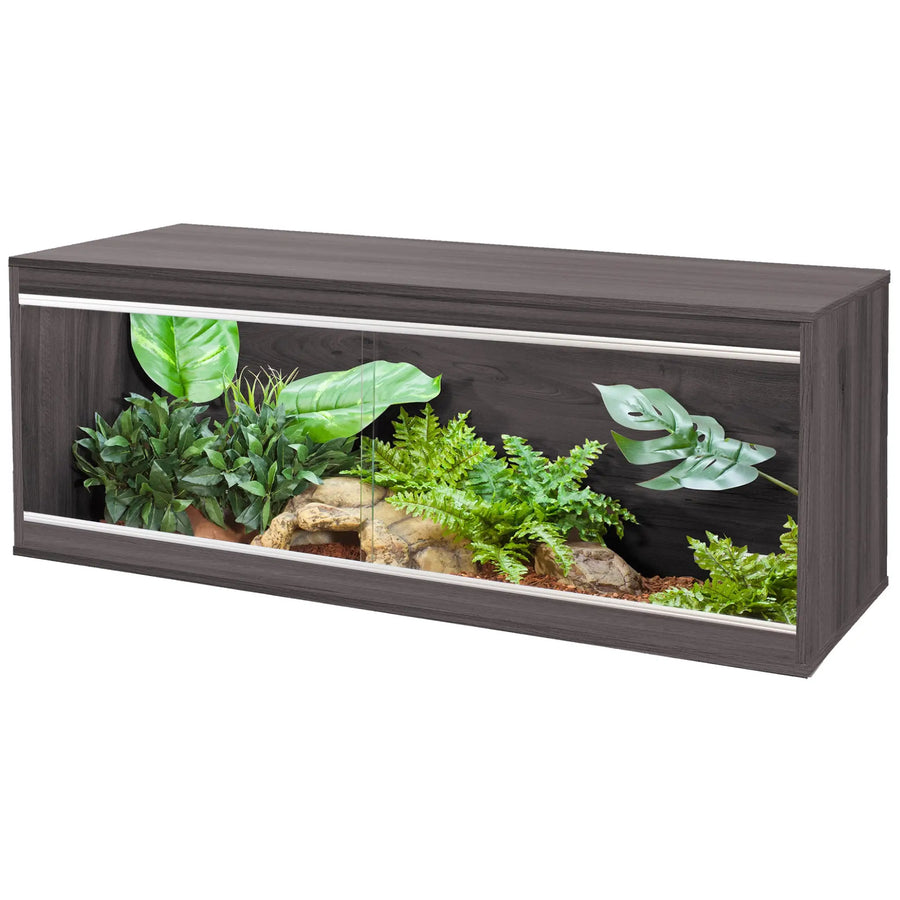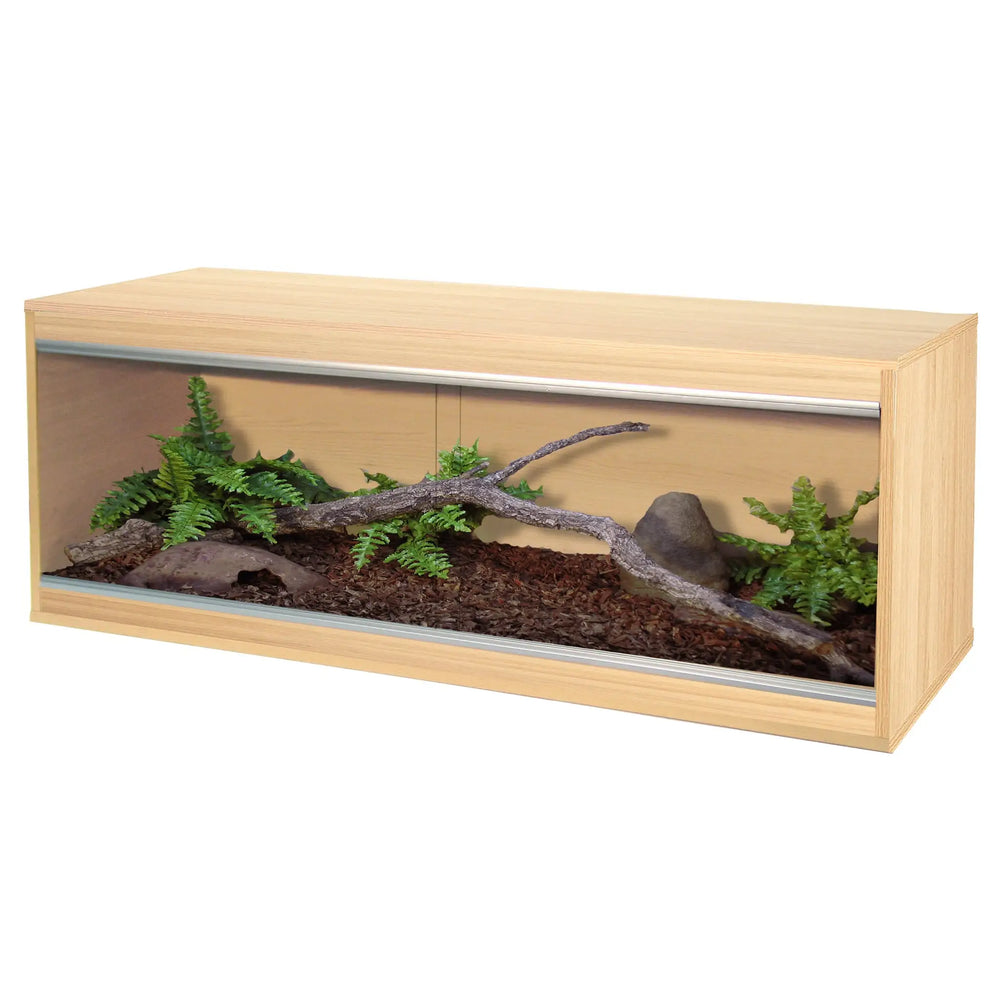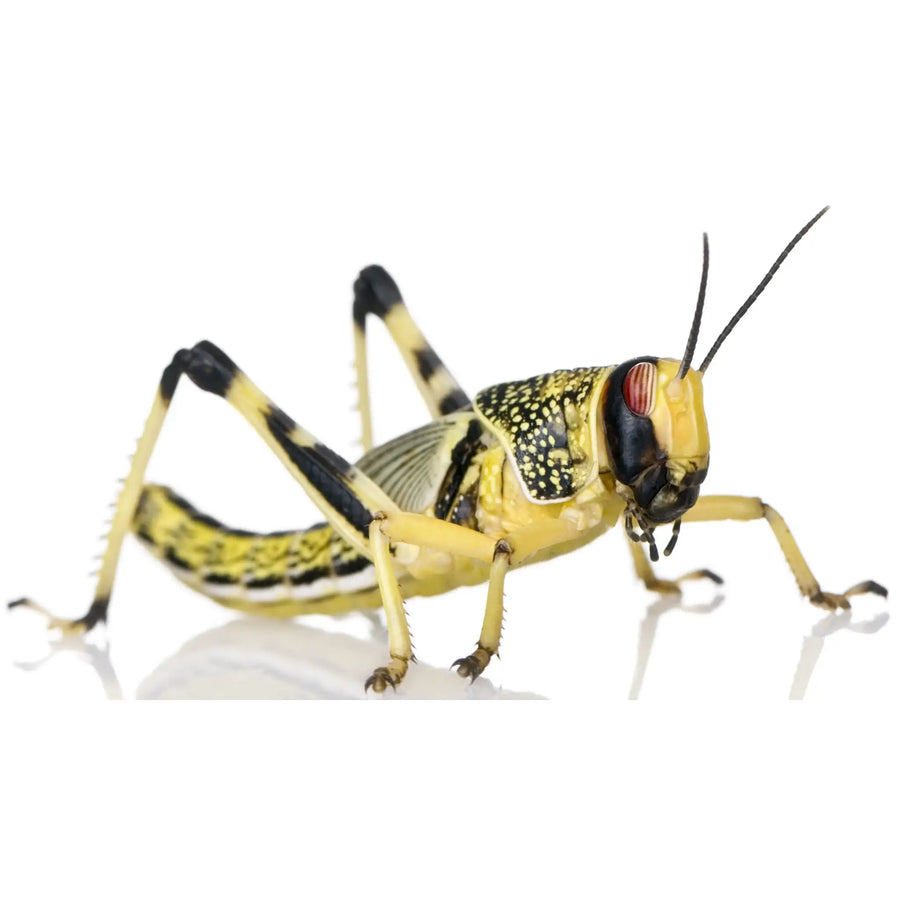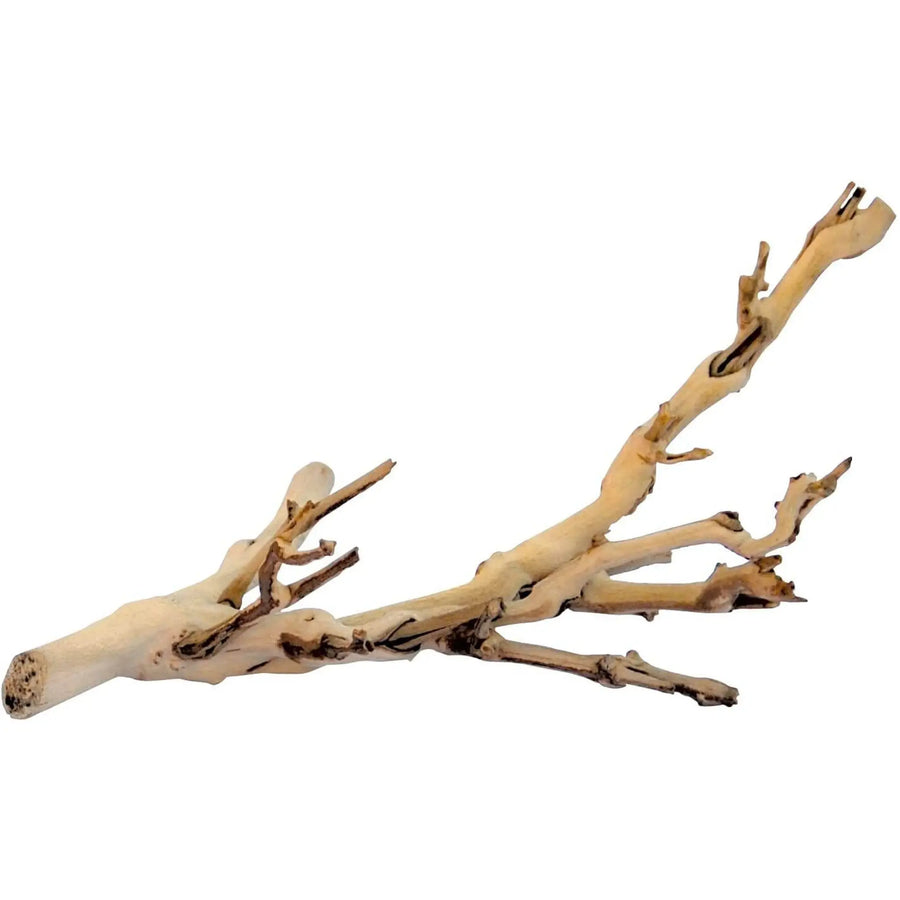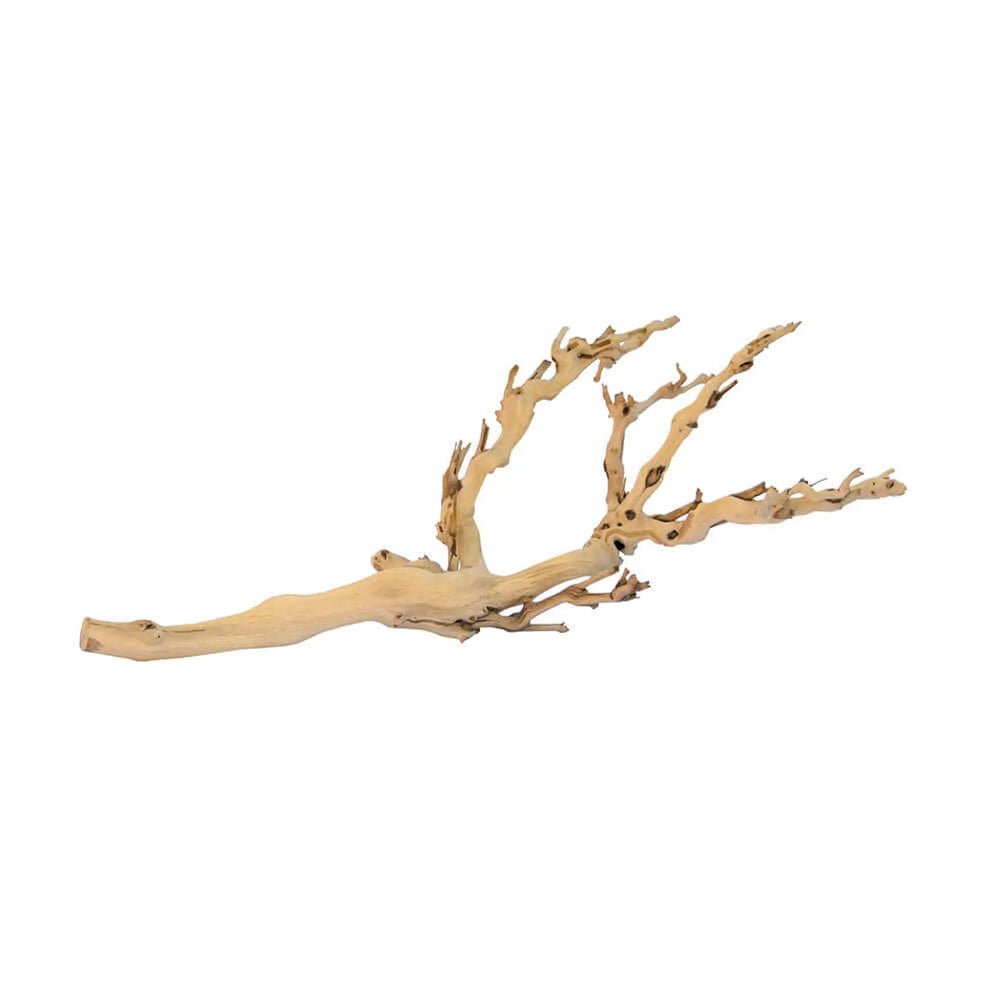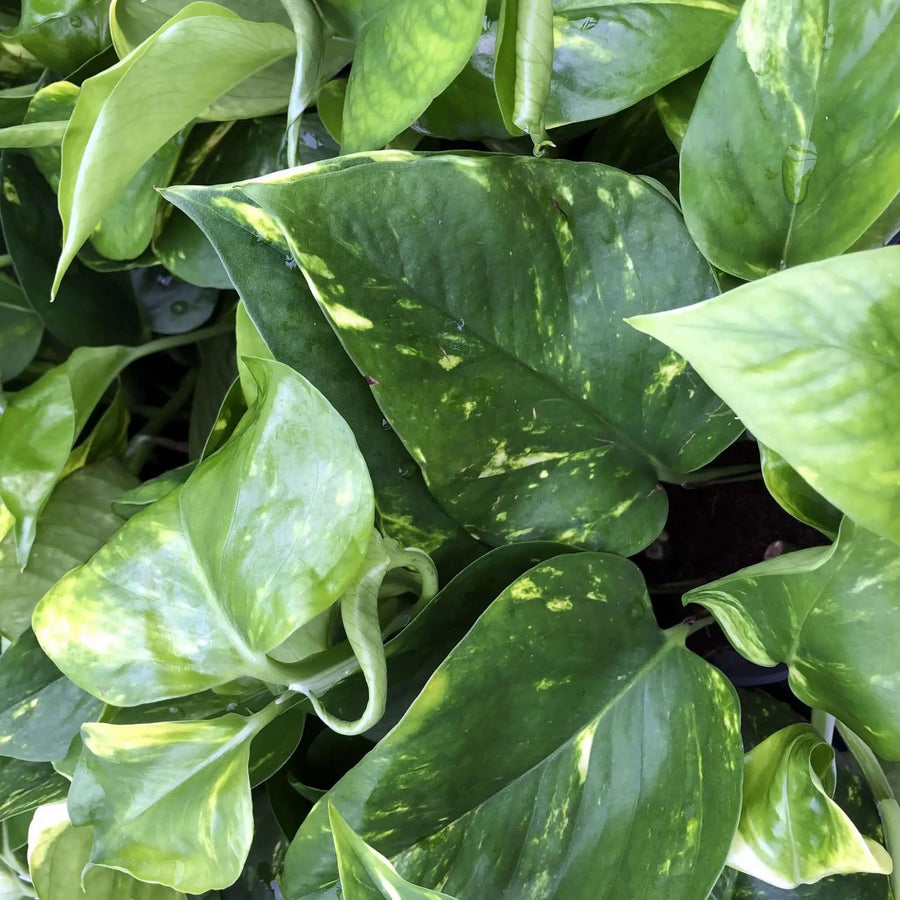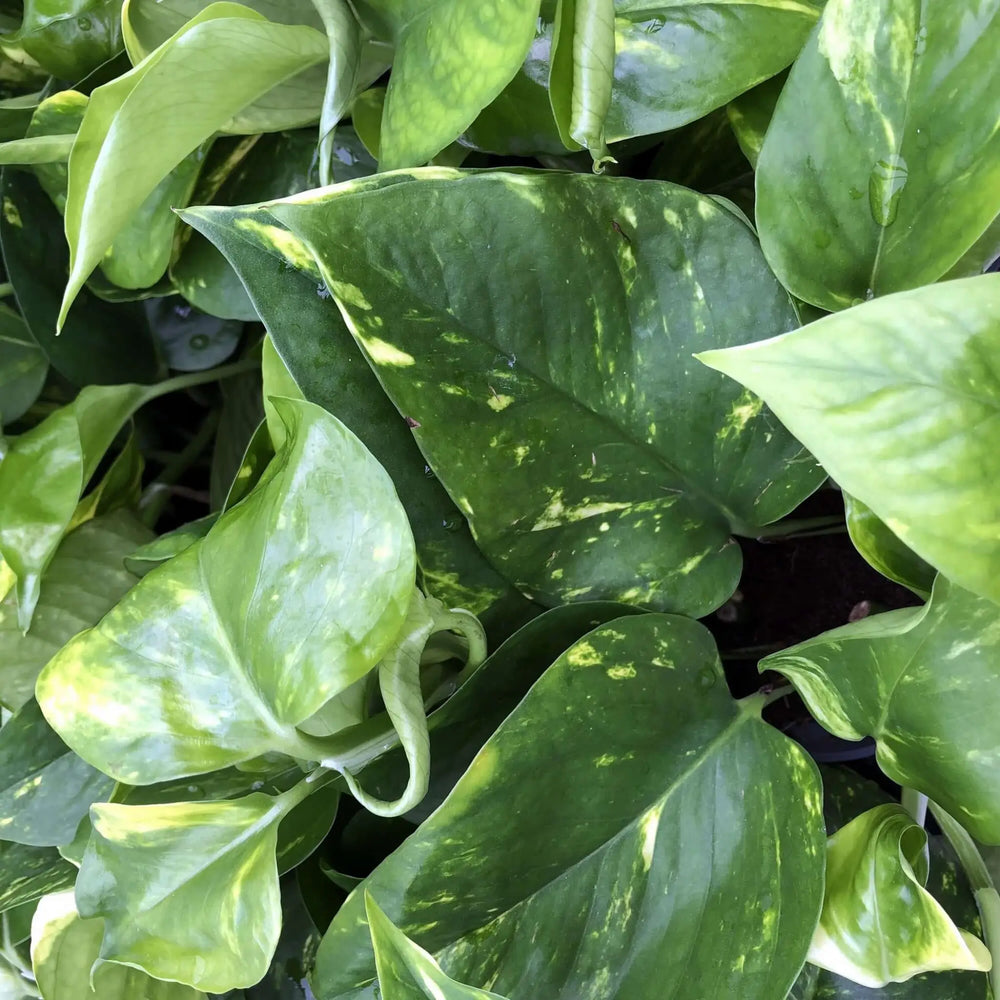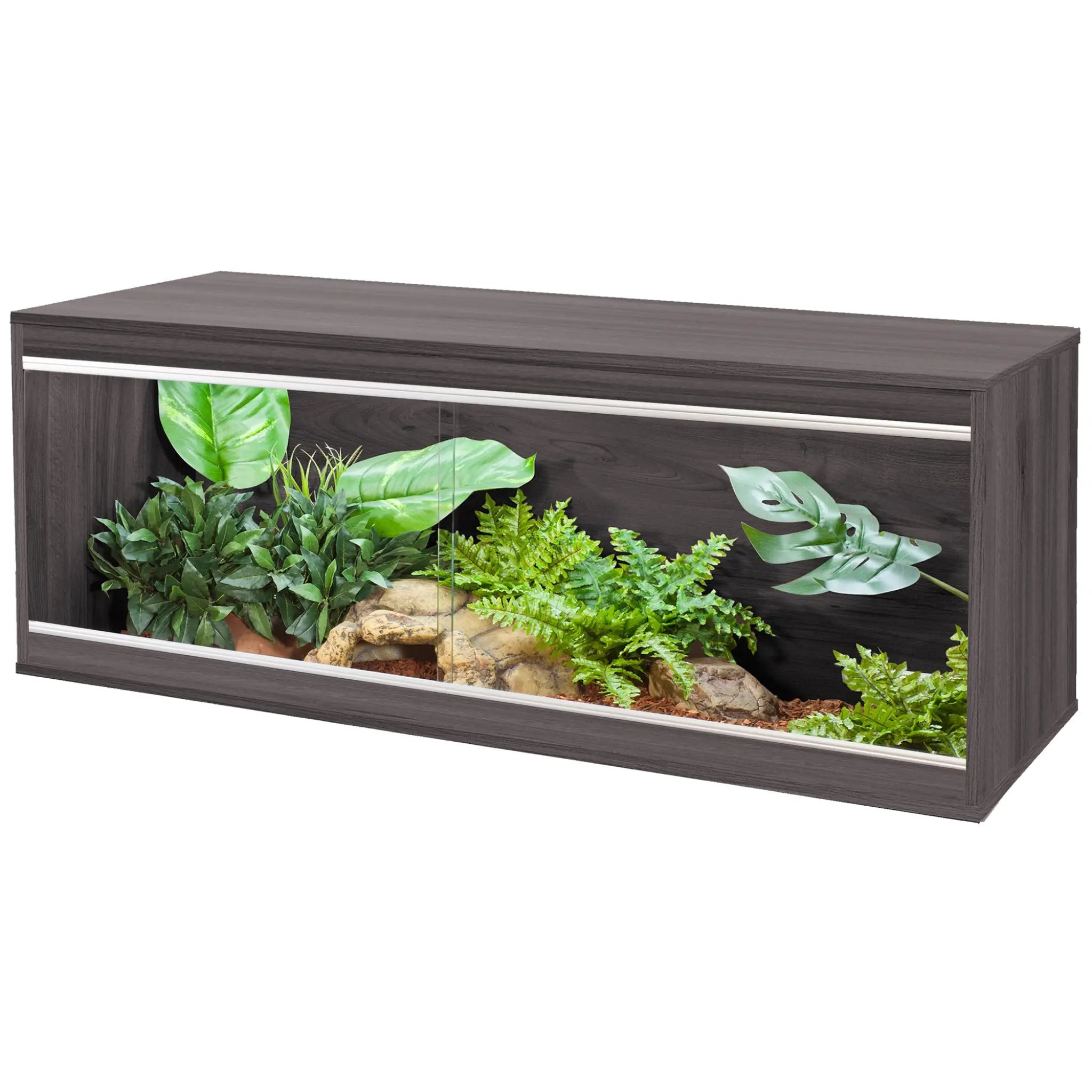
Different Name; Same Great Snake: A General Overview of Corn Snakes
by Luke Tansley on in Snakes
Taxonomy & Brain Haemorrhages
Trying to keep up with all the taxonomic changes that occur each year is to me a mind numbing experience. Some people really enjoy taxonomy and I say to them more power to you. The hamster in my head starts twitching with epileptic spasms at about the third or fourth line of a taxonomic breakdown. That being said there have been some changes within the Eastern corn snakes (Elaphe guttata guttata) typically known now, as just corn snakes. These are an all too familiar pet snake to those in the herpetoculture industry.
Before continuing, I wanted to go through the change that has occurred with this genus. In 1758 when this species was first described by Linnaeus it was called Pantherophis guttatus since that time it has undergone several taxonomic changes that we won’t get into; because personally it hurts my brain and gives me a nosebleed trying to keep up with all the changes that taxonomists do. So, let’s fast forward 250 years to 2008. Low and behold two folks known as Collins and Taggart decided that Linnaeus was right and it should be called Pantherophis guttatus.
You can read into all the specific changes by going to http://reptile-database.reptarium.cz/
What’s in a name?
The common name of corn snake is believed to have come from the early American settlers who encountered this snake in the corn fields where it was undoubtedly hunting the mice that were feeding on the corn. The Greek and Latin come from the patterns of the skin, ‘Elaphe’ is Greek for Deerskin while ‘guttata’ refers to the spots found on Corn snakes. Presumably the deerskin reference comes from the leather like feel of the snakes skin itself. Another common name while to my knowledge not as well used as corn snake is red rat snake which refers of course to the most common colouration seen in the wild and the entire genus being once known as Elaphe which is known collectively as rat snakes due to their typical food source.

Seeing Spots
Corn snakes sold today in most major pet stores are typically hatchlings which are anywhere from 9″-14″ in total length. At adult size they will typically reach a length of 2′ to 5′ in total length with an occasional 6′ specimen occurring. As stated earlier Corn snakes have spots or large blotches which run down the dorsum or back of the snake with smaller spots being present on the sides. The wild specimens have either a red, orange, or brown ground colour and the spots are outlined in black. Today there are about 45 different colour morphs which are many different patterns and colours to choose from and more are being created every year it seems.
Lunch
When it comes to diet I have rarely heard of a corn snake that wouldn’t take an appropriately sized rodent as a meal. That being said there is some disagreement when it comes to feeding snakes within the community but I will explain what I do and why and the final decision is up to you as your experiences might differ. Before we get started I want to say that for commercial breeders my specific feeding technique is not effective as it would take way too much time. For the hobbyist or personal keeper it has worked for the past twelve years for me and many others.
Essentially, you remove the snake from its enclosure and place into another container which can be secured in some-way and has air circulation. After the snake is secured, you place a thawed frozen rodent into the same container. The snake eats and you let it settle for an hour or so. After this you take the snake and place it back into its original enclosure. The reason for this feeding technique is very simple.
Whether you consider snakes as dumb reptiles or not the fact is that studies have shown that they are not dumb per se. With that being said it is theorized that if you feed a snake in its enclosure it will soon associate the opening of the enclosure with feeding and will potentially strike the hand that feeds. Â In my personal experience this is accurate and has happened not only to me but to several colleagues as well.
Home on the Range
A corn snake can live its entire life out in a 20 gallon enclosure (edit: which is just under a 3ft wooden vivarium). All openings for the enclosure should have a locking mechanism that will not allow the snake to push it open. Believe me they will do so.
Corn snakes are found native to habitats known as the Pine Barrens and rocky hillsides. In order to recreate their native habitats in a captive environment most keepers opt for the old standby of bark. Personally, to make the snake feel more at home I use cypress mulch which can be purchased from any reptile store. There are those who would say newspaper is a great substrate. Now while this is true this looks like hell to me in a display enclosure which all of my enclosures are. I also add to the enclosure two hide boxes and a piece of sand blasted grapevine. The hide boxes can really be anything that the snake can go into and coil up with its body touching all sides of the interior. Whether this is a rock looking hide or log is up to you. You can even use an old shoebox with a hole cut into it.
Two hide boxes are used in order to give the snake a choice between the warm side of the enclosure and the cool side which we will cover below. The sand blasted grapevine is used by the snake to aid in shedding. It gives them something to rub against when shedding and will pull the old skin off as they rub against it. If you get a large enough piece, they will also use it as a perch to rest upon.
Heating the House
Heating the enclosure is done in order to facilitate the digestion of meals as well as allowing the snake to move in a normal fashion. Snakes are poikilothermic which means they rely on the ambient temperature to warm themselves to a level where they can function. Temperatures on the warm side of the enclosure for the Corn snake should be over 80 degrees on the warm side and have ten-degree difference on the cool side. This is easily achieved either through a heat mat which is stuck directly to the exterior of the enclosure and/or a heat lamp.
Water the true spice of life
As we all are well aware water is necessary to all life on the planet. Corn snakes are no different in this regard. Always provide a large enough water bowl that the snake can climb in and soak. This facilitates shedding and also adds to the humidity of the enclosure. The water must be changed daily as an active snake will pick up particles of substrate on their skin and going through water will foul it.
Scratching the Surface
Well, I really hope you enjoyed this post and might be considering a Corn snake as your next pet snake. They are an awesome snake which is incredibly docile and active and will bring many years of enjoyment to you and your family. Corn snakes have always taken extremely well to handling and with the dizzying array of colours and patterns now available in the market there is no shortage of snakes that will match your preferences of colour, pattern, and natural gentleness.


